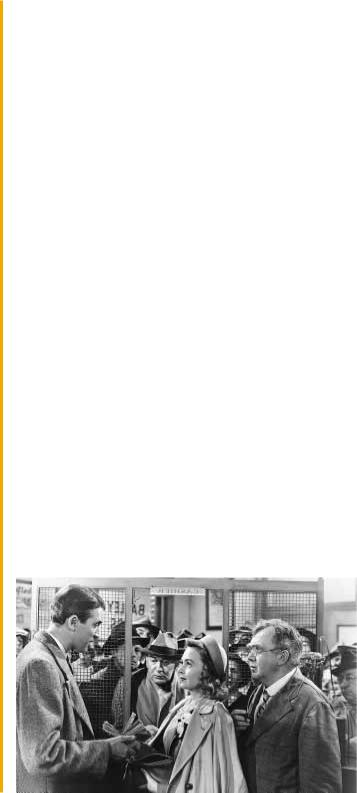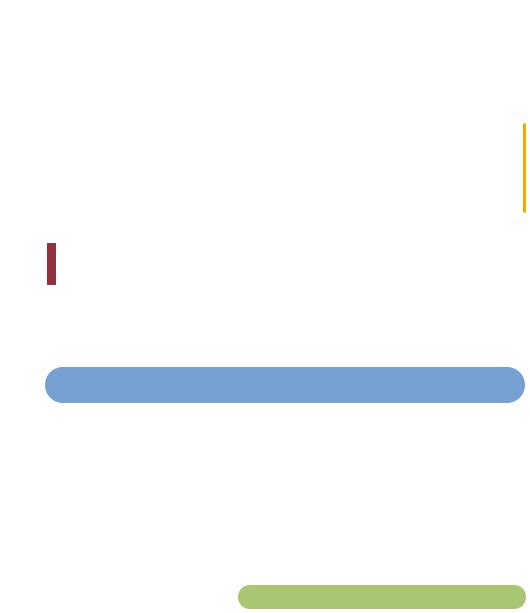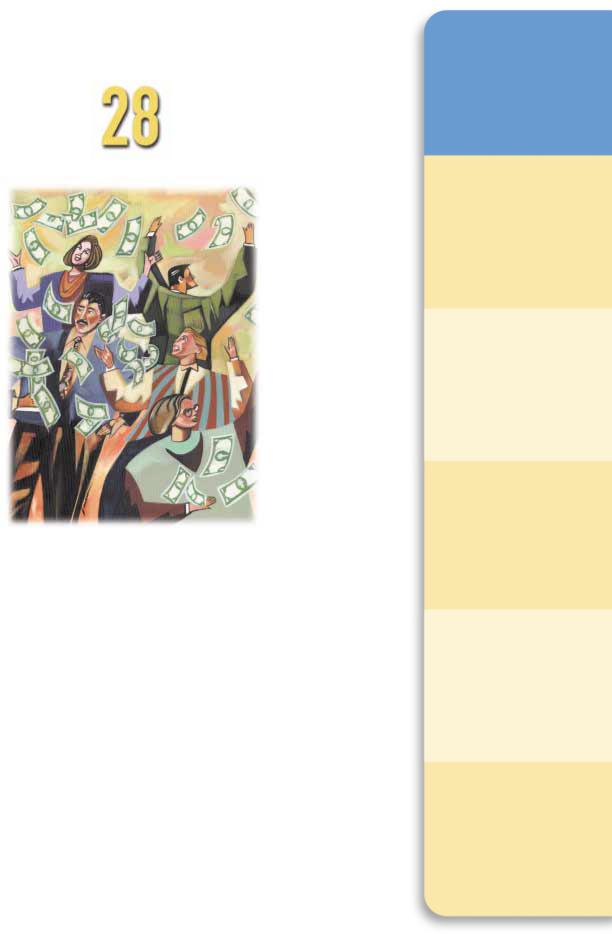
Mankiw Principles of Economics (3rd ed)
.pdfCHAPTER 27 THE MONETARY SYSTEM |
621 |
system, which in turn reduces the money supply. Conversely, a lower discount rate encourages bank borrowing from the Fed, increases the quantity of reserves, and increases the money supply.
The Fed uses discount lending not only to control the money supply but also to help financial institutions when they are in trouble. For example, in 1984, rumors circulated that Continental Illinois National Bank had made a large number of bad loans, and these rumors induced many depositors to withdraw their deposits. As part of an effort to save the bank, the Fed acted as a lender of last resort and loaned Continental Illinois more than $5 billion. Similarly, when the stock market crashed on October 19, 1987, many Wall Street brokerage firms found themselves temporarily in need of funds to finance the high volume of stock trading. The next morning, before the stock market opened, Fed Chairman Alan Greenspan announced the Fed’s “readiness to serve as a source of liquidity to support the economic and financial system.” Many economists believe that Greenspan’s reaction to the stock crash was an important reason why it had so few repercussions.
PROBLEMS IN CONTROLLING THE MONEY SUPPLY
The Fed’s three tools—open-market operations, reserve requirements, and the discount rate—have powerful effects on the money supply. Yet the Fed’s control of the money supply is not precise. The Fed must wrestle with two problems, each of which arises because much of the money supply is created by our system of fractional-reserve banking.
The first problem is that the Fed does not control the amount of money that households choose to hold as deposits in banks. The more money households deposit, the more reserves banks have, and the more money the banking system can create. And the less money households deposit, the less reserves banks have, and the less money the banking system can create. To see why this is a problem, suppose that one day people begin to lose confidence in the banking system and, therefore, decide to withdraw deposits and hold more currency. When this happens, the banking system loses reserves and creates less money. The money supply falls, even without any Fed action.
The second problem of monetary control is that the Fed does not control the amount that bankers choose to lend. When money is deposited in a bank, it creates more money only when the bank loans it out. Because banks can choose to hold excess reserves instead, the Fed cannot be sure how much money the banking system will create. For instance, suppose that one day bankers become more cautious about economic conditions and decide to make fewer loans and hold greater reserves. In this case, the banking system creates less money than it otherwise would. Because of the bankers’ decision, the money supply falls.
Hence, in a system of fractional-reserve banking, the amount of money in the economy depends in part on the behavior of depositors and bankers. Because the Fed cannot control or perfectly predict this behavior, it cannot perfectly control the money supply. Yet, if the Fed is vigilant, these problems need not be large. The Fed collects data on deposits and reserves from banks every week, so it is quickly aware of any changes in depositor or banker behavior. It can, therefore, respond to these changes and keep the money supply close to whatever level it chooses.

622 |
PART TEN MONEY AND PRICES IN THE LONG RUN |
CASE STUDY BANK RUNS AND THE MONEY SUPPLY
Although you have probably never witnessed a bank run in real life, you may have seen one depicted in movies such as Mary Poppins or It’s a Wonderful Life. A bank run occurs when depositors suspect that a bank may go bankrupt and, therefore, “run” to the bank to withdraw their deposits.
Bank runs are a problem for banks under fractional-reserve banking. Because a bank holds only a fraction of its deposits in reserve, it cannot satisfy withdrawal requests from all depositors. Even if the bank is in fact solvent (meaning that its assets exceed its liabilities), it will not have enough cash on hand to allow all depositors immediate access to all of their money. When a run occurs, the bank is forced to close its doors until some bank loans are repaid or until some lender of last resort (such as the Fed) provides it with the currency it needs to satisfy depositors.
Bank runs complicate the control of the money supply. An important example of this problem occurred during the Great Depression in the early 1930s. After a wave of bank runs and bank closings, households and bankers became more cautious. Households withdrew their deposits from banks, preferring to hold their money in the form of currency. This decision reversed the process of money creation, as bankers responded to falling reserves by reducing bank loans. At the same time, bankers increased their reserve ratios so that they would have enough cash on hand to meet their depositors’ demands in any future bank runs. The higher reserve ratio reduced the money multiplier, which also reduced the money supply. From 1929 to 1933, the money supply fell by 28 percent, even without the Federal Reserve taking any deliberate contractionary action. Many economists point to this massive fall in the money supply to explain the high unemployment and falling prices that prevailed during this period. (In future chapters we examine the mechanisms by which changes in the money supply affect unemployment and prices.)
Today, bank runs are not a major problem for the banking system or the Fed. The federal government now guarantees the safety of deposits at most banks, primarily through the Federal Deposit Insurance Corporation (FDIC). Depositors do not run on their banks because they are confident that, even if their bank goes bankrupt, the FDIC will make good on the deposits. The
A NOT-SO-WONDERFUL
BANK RUN



